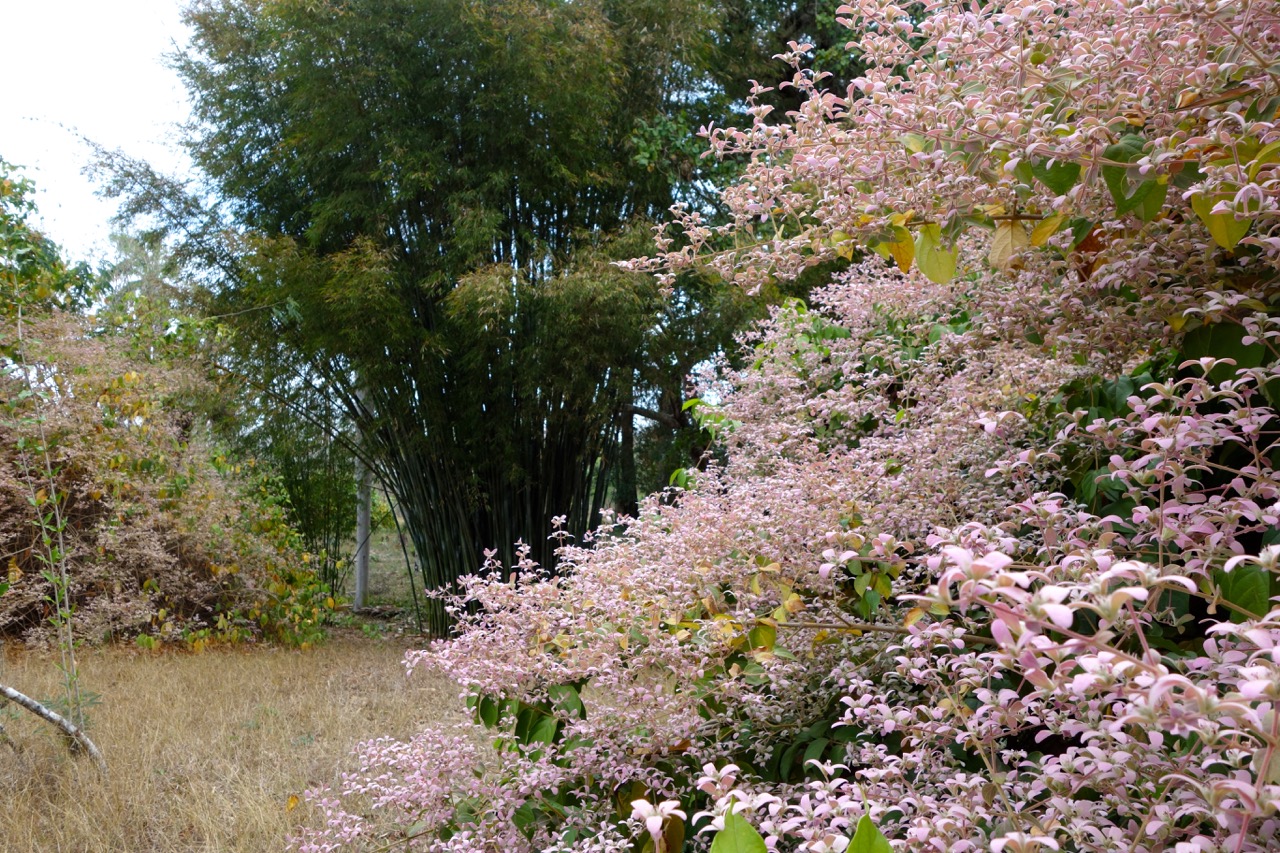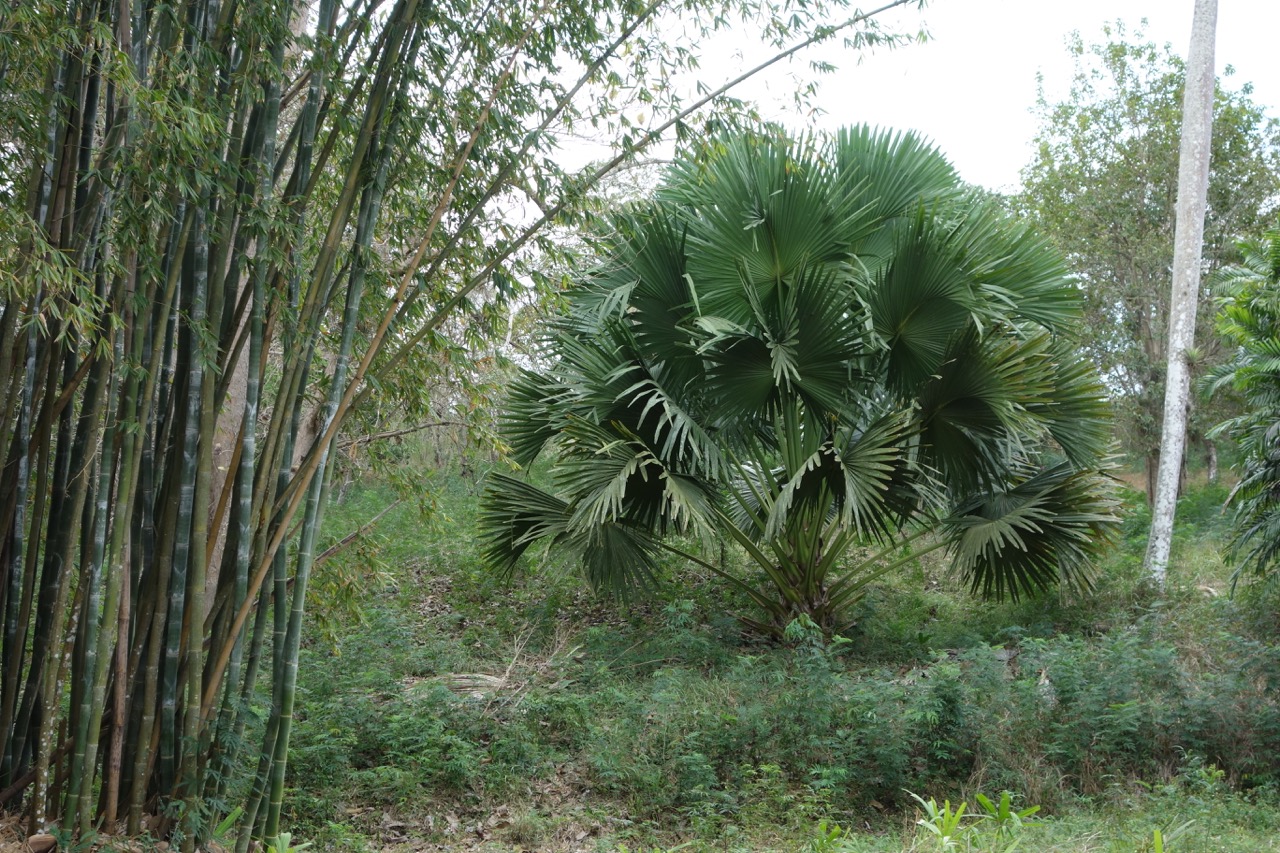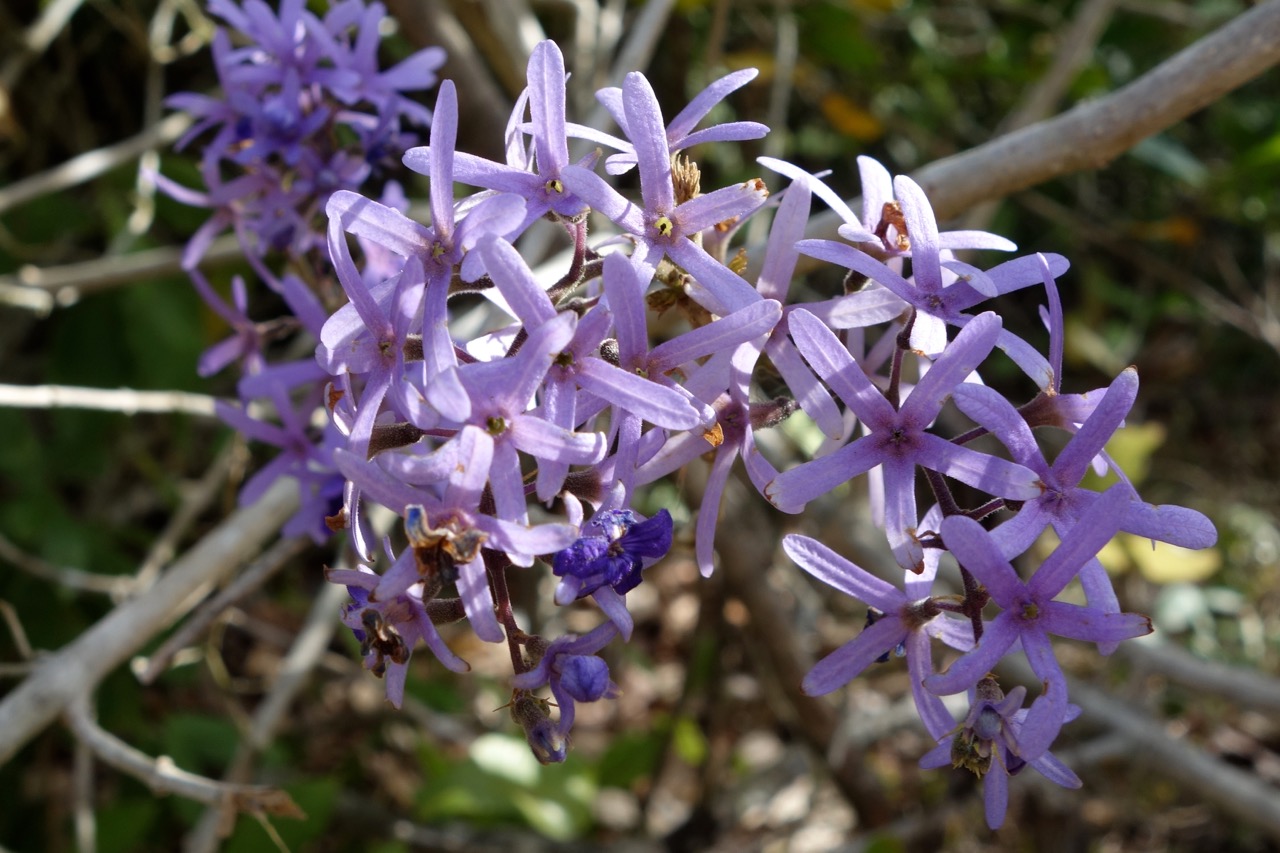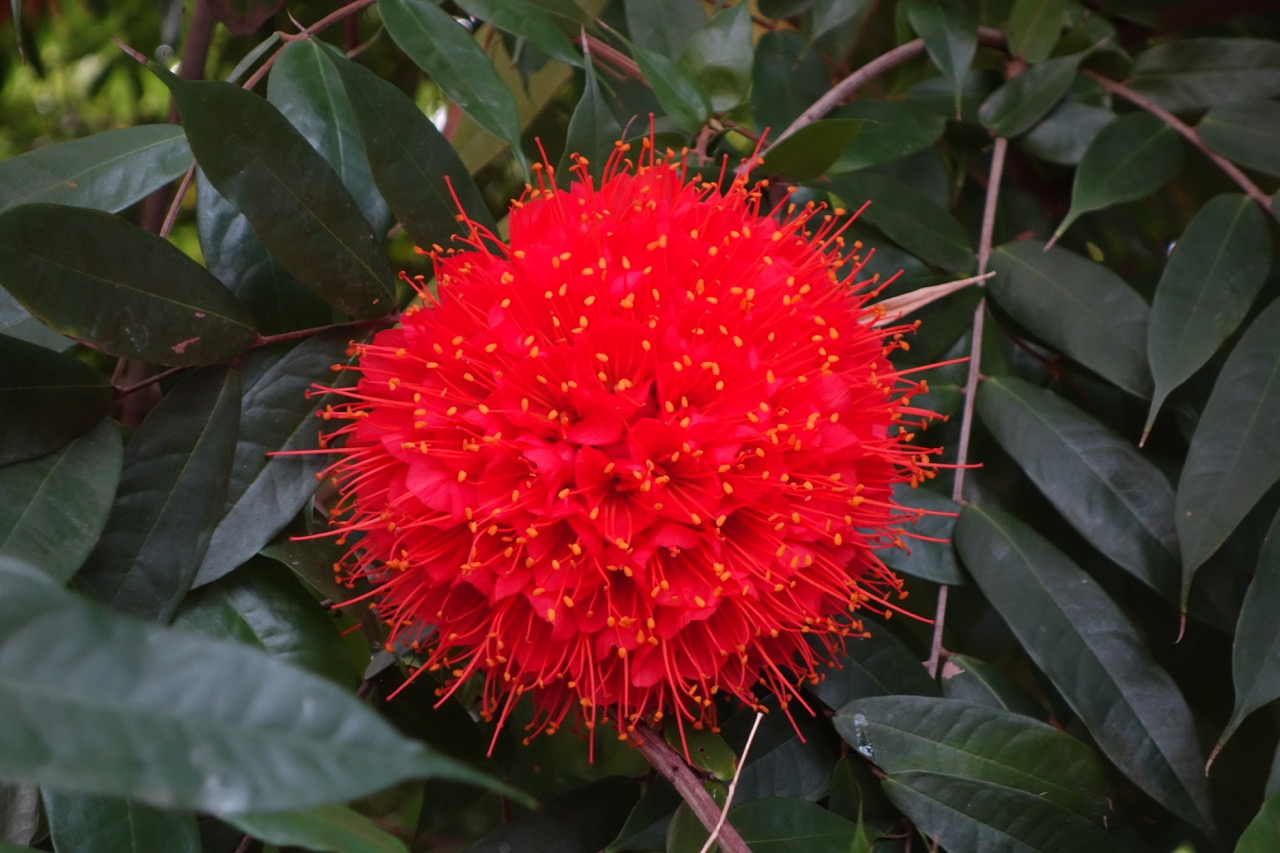The Cienfuegos Botanical Garden was not on our itinerary. One of our fellow travelers found it in her Lonely Planet guide book. Its description- “The 94-hectare botanic garden, near the Pepito Tey sugar mill, 17km east of Cienfuegos, is one of Cuba's biggest gardens” – too good to pass up.
Intrigued, we pitched the idea of a visit to our tour group. With all in favor, we negotiated with our local tour guides to add the stop. Of course this meant giving up something else that had been pre-planned, and getting tickets.
The mission of the garden is "por acercar el hombre a la naturaleza" - "to bring people closer to nature."
Despite the natural and intellectual wealth of this island-nation, current resource allocation in Cuba left a lot to be desired – there were shortages everywhere. This led some of us to wonder what a botanical garden would look like under these constraints. Perhaps a sad remnant of a magnificent past?
What we found blew us away. Instead of a run-down tourist attraction, we discovered a world-class research institute.
Sugarcane industrialist Edwin Atkins started the garden in the early 1900’s. In search of disease resistant and more productive cane varieties, Atkins partnered with Harvard University for help. For years, Harvard ran a study abroad program at the site.
By 1919, the garden was expanded from 10 to 80 acres. Under its first director, Robert Grey, the garden collected tropical plants from around the world.
Around the time of the revolution, the garden ran a program called “Educacion al Campesino.” Its objective was to help local farmers improve crop yields through the application of scientific horticulture methods.
After the 1959 revolution, the government confiscated foreign-owned private property and the botanic garden passed to the Ministry of Science, Technology, and the Environment.
Under government control, the garden flourished. It was expanded from 80 to 230 acres. Out with Anglo researchers and in with Cubans. The plant collection grew to over 5,500 varieties and nearly 1,500 species – 20% of these unique to this garden.
A sign reads - "Please don't pick up flowers and fruits." Visitors are carefully managed through guided group tours.
According to Dan Hazen, Harvard University’s librarian for Latin America, Spain, and Portugal, today the Garden holds “23 types of bamboo, 65 types of fig and 280 different palms (purportedly the greatest variety in one place anywhere in the world).”
Understandably, the team at the garden is proud of these accomplishments; they delight in sharing their work with others. According to the garden's Lazaro Ojeda Qunitana*, “the number of visitors to the garden has grown exponentially. Between 1938 and 1958, around 780 people visited per year; from 1959 to 1979 an average of 13,500 people visited per year; and from 1980 to 2006, the numbers reached over 26,000, with as many Cubans as foreigners.”
Be sure to add this garden to your next visit to Cuba. Researchers from the site provide the tours themselves. You won’t be disappointed. Follow the Cienfuegos Botanical Garden on facebook.
See more posts about this and other Cuban gardens here.
*many thanks to Lazaro Ojeda Quintana, Cristobal Rios Albuerne, Ileana Fernandez Santana, and Felix Pazos Sanchez for their paper “El Jardin Botanico de Cienfuegos, ciento cinco anos en la conservacion de la Diversidad Biologica Vegetal,” Centro Agricola, Jan-Mar 2007. The writers are from the Jardin Botanico de Cienfuegos and Centro de Estudio Jardin Botanico de Villa Clara.
The garden lies a short drive from the town of Cienfuegos, founded in 1819.











